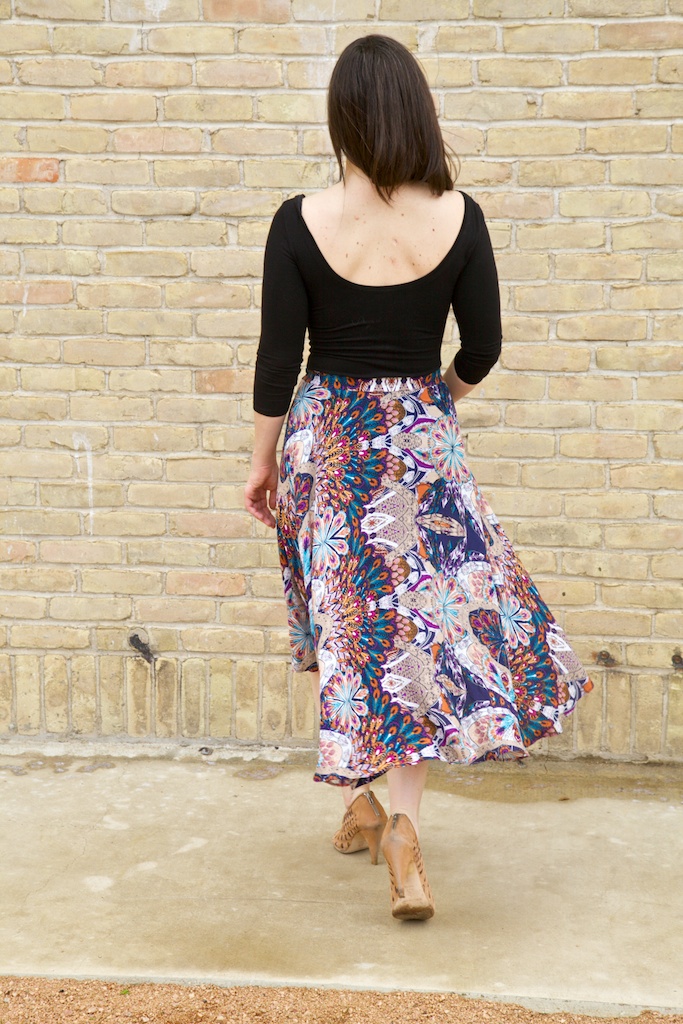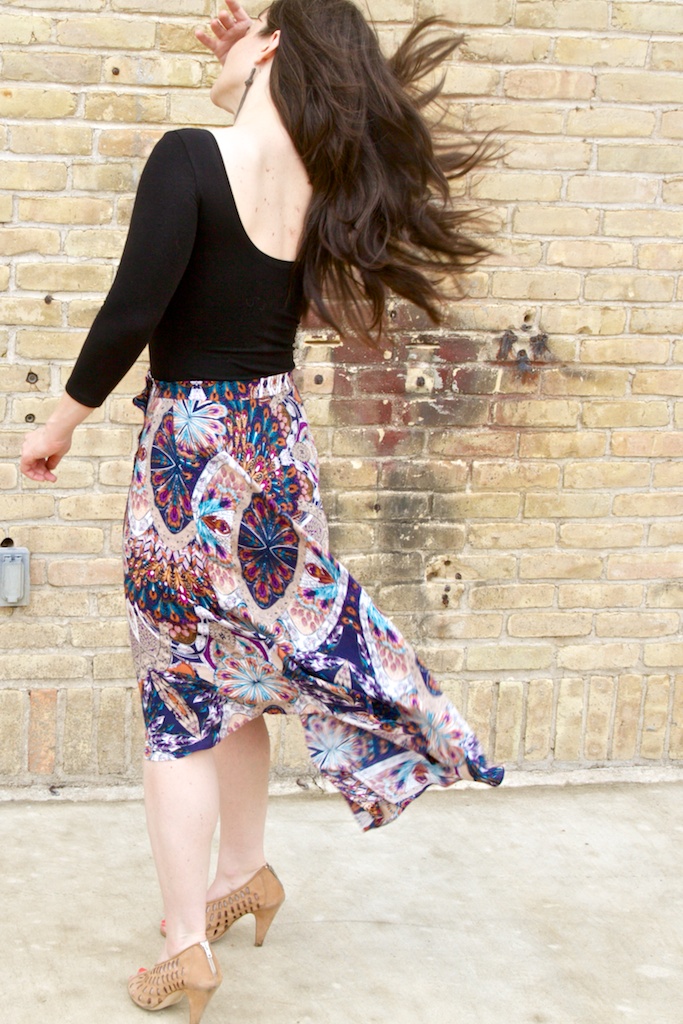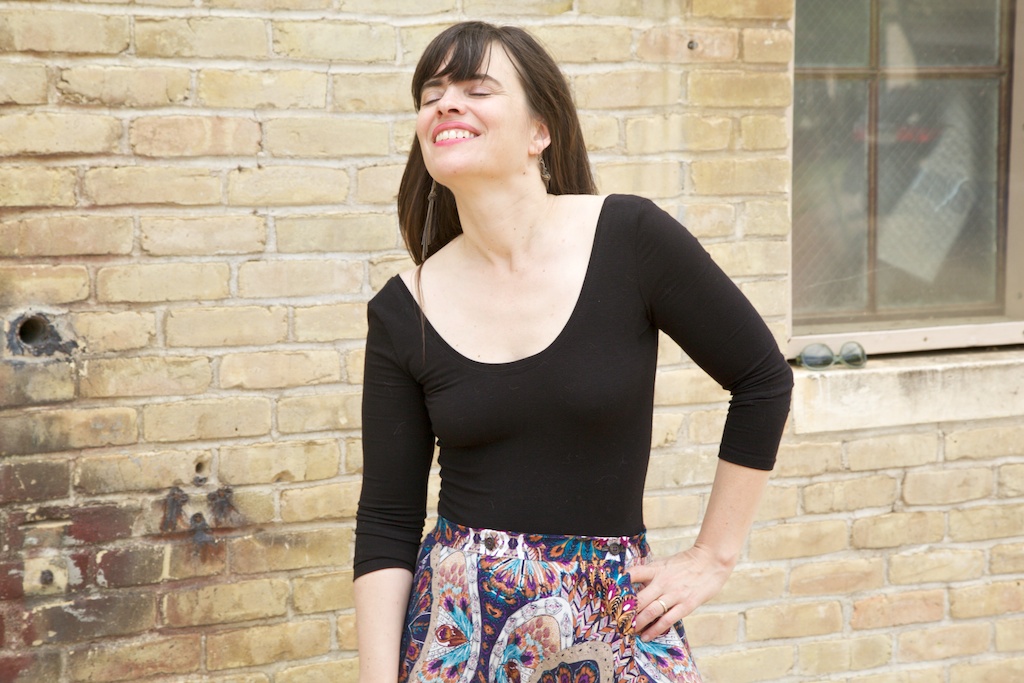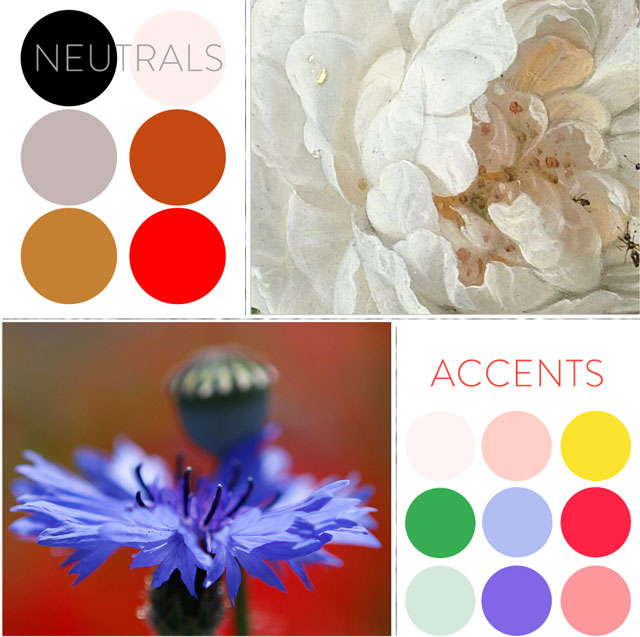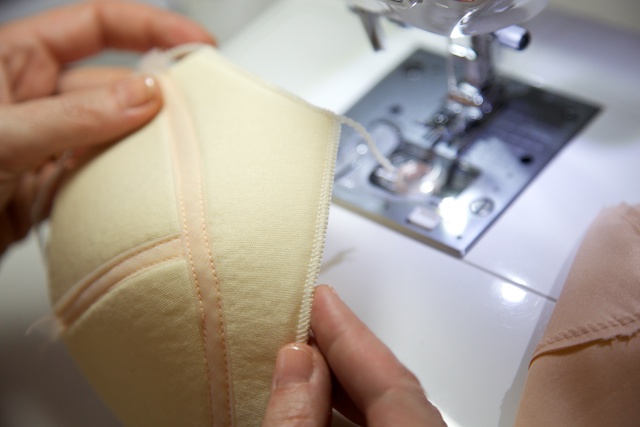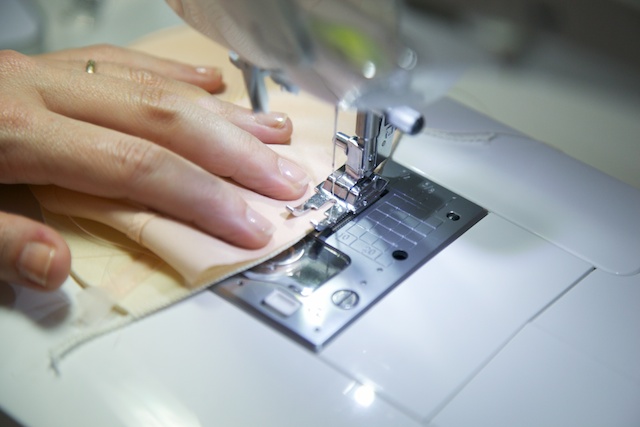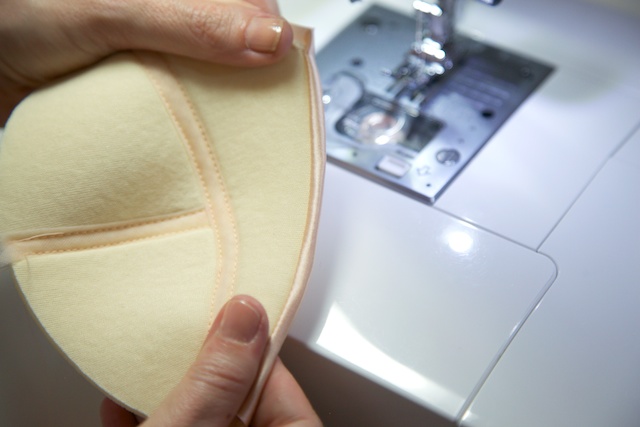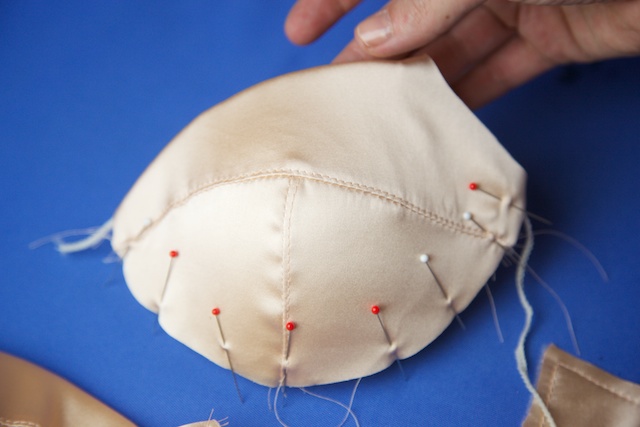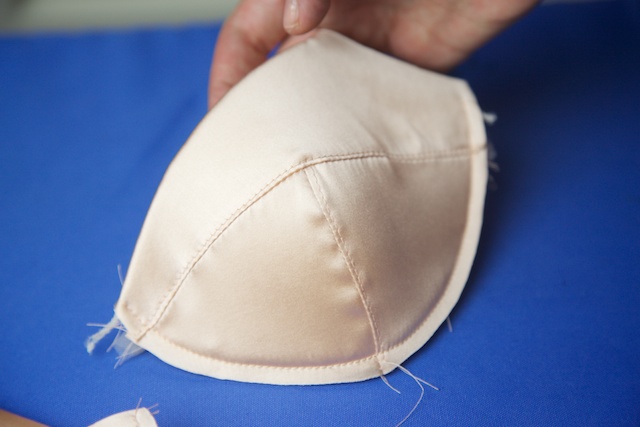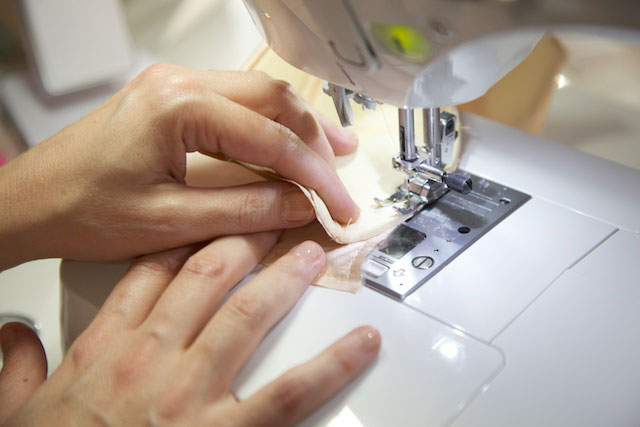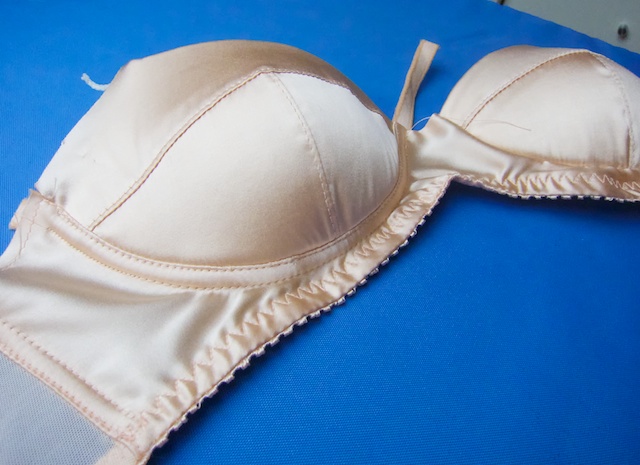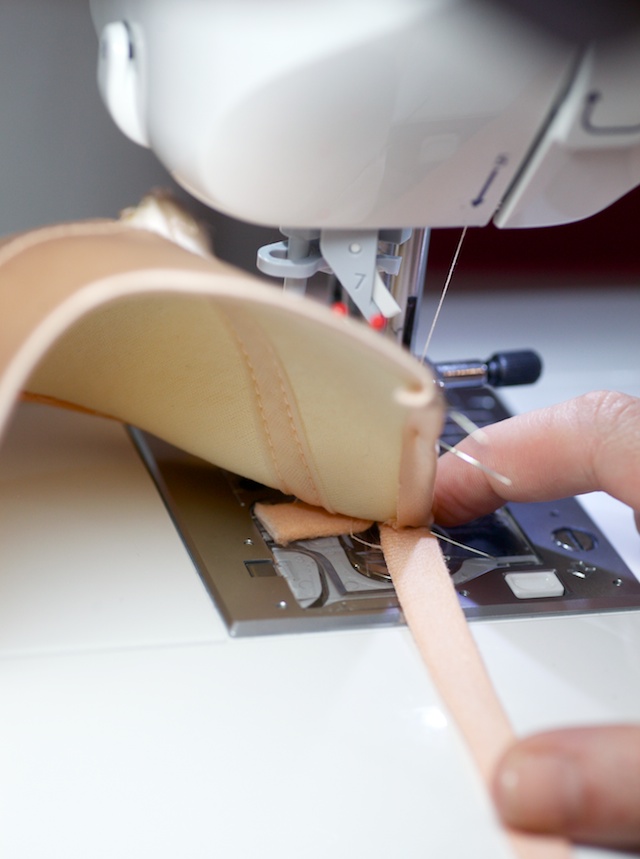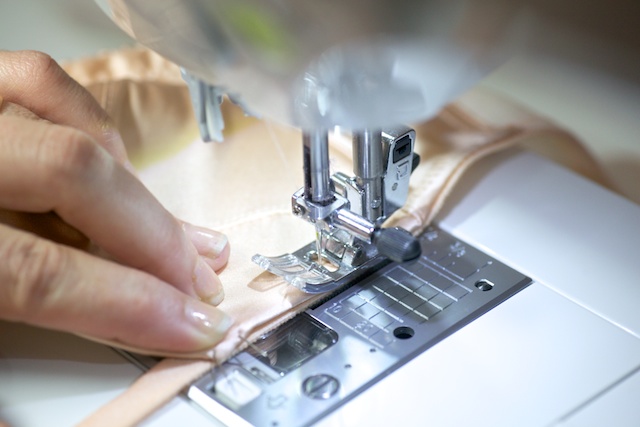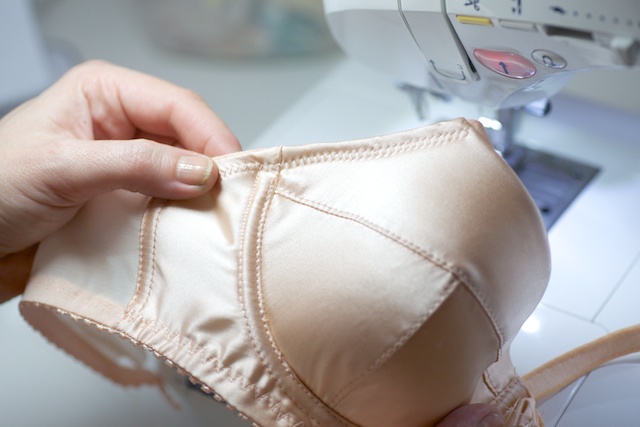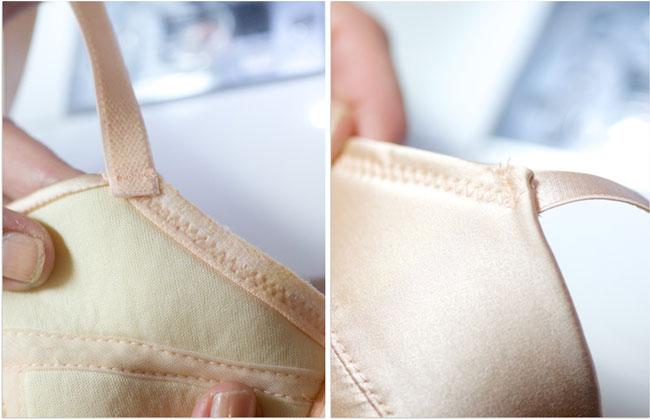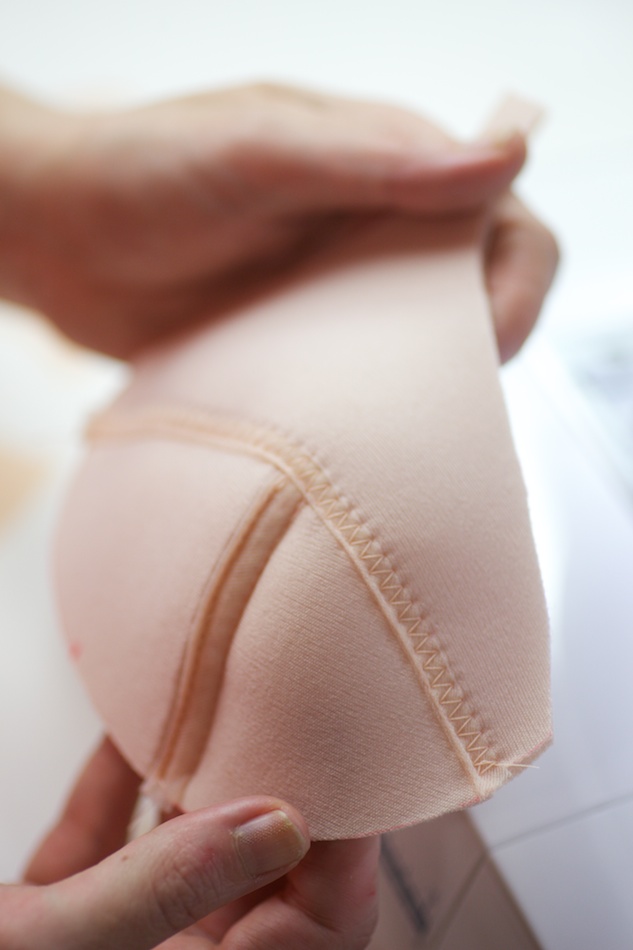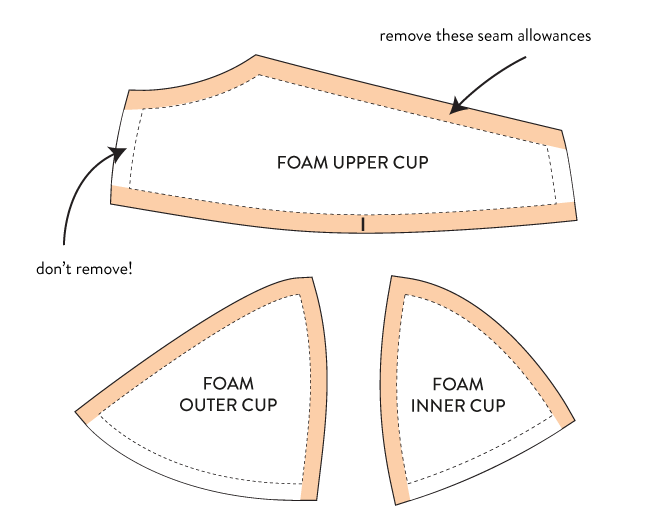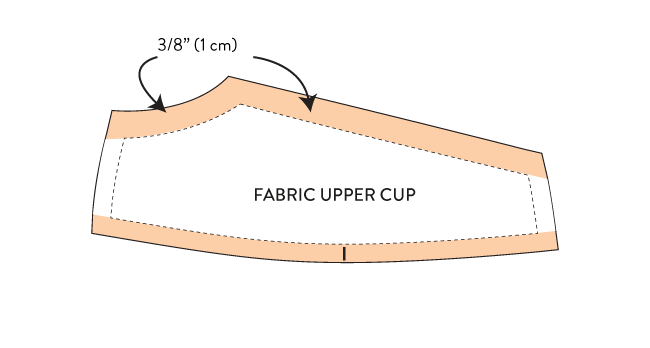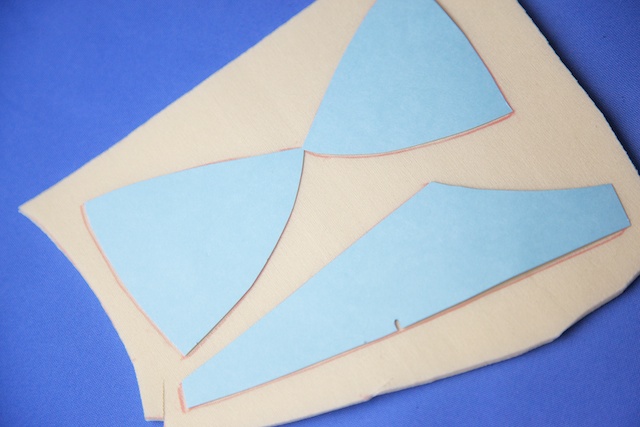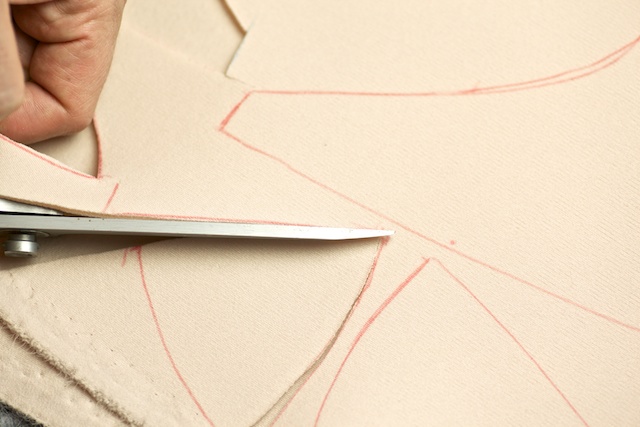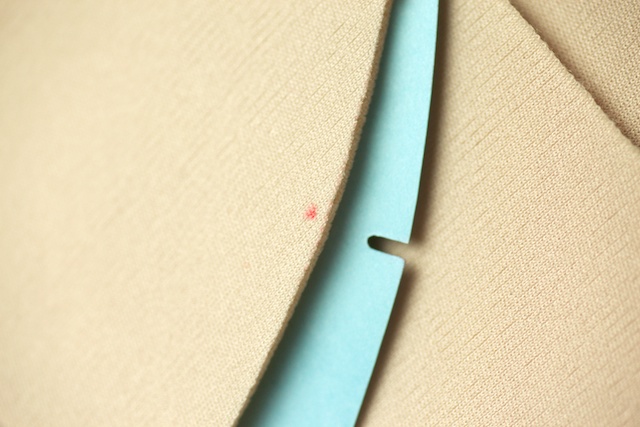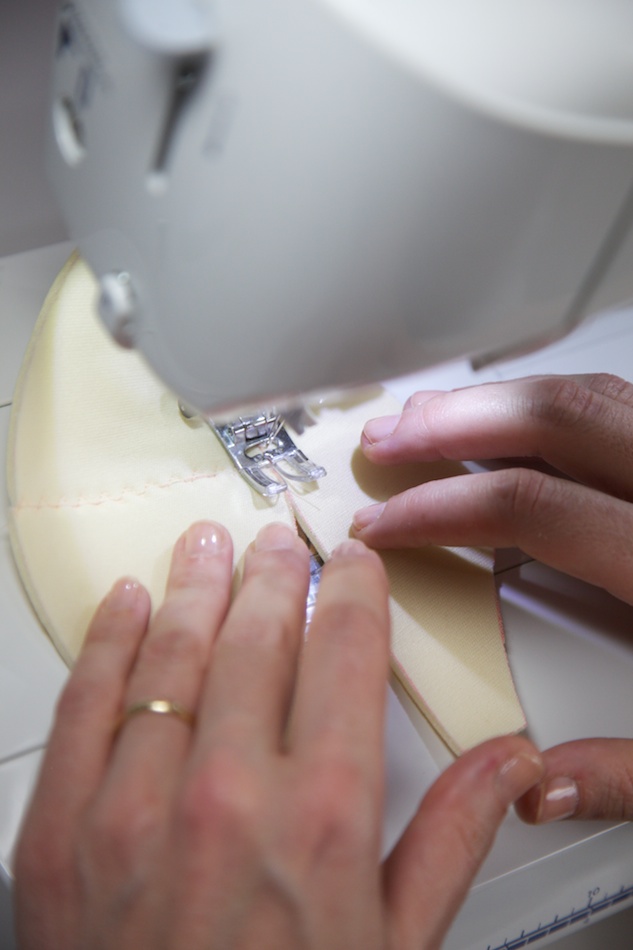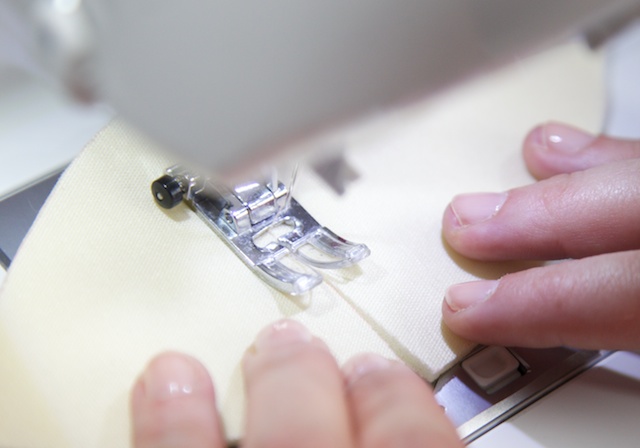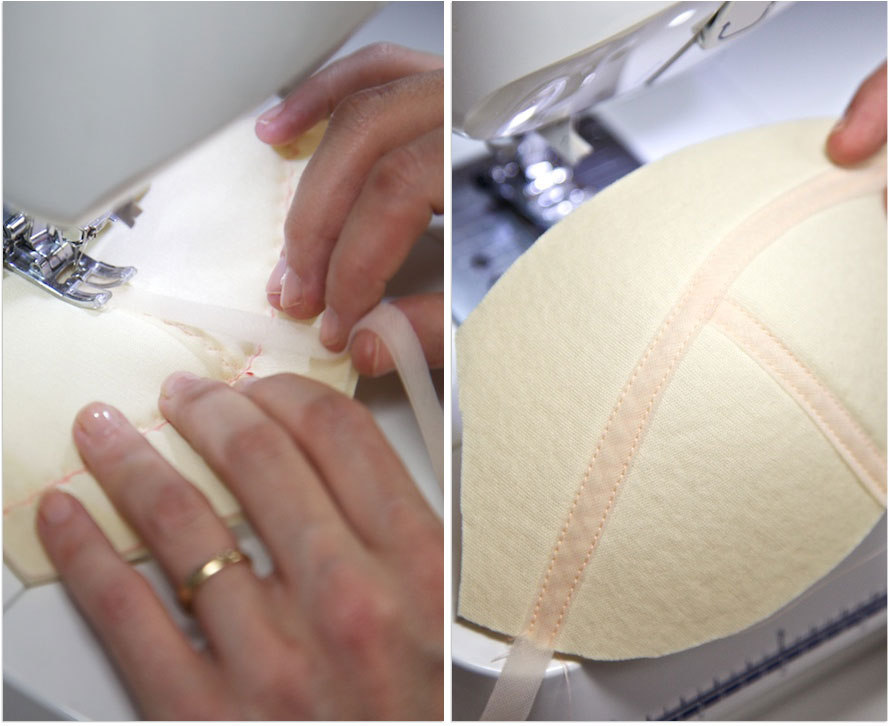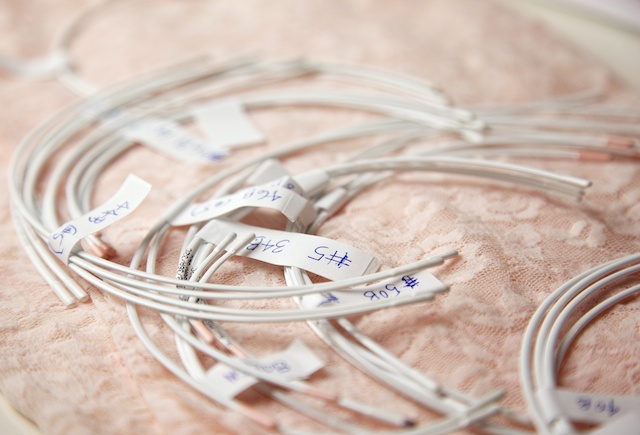
It’s reader question day! Recently, a reader asked by email: How do you know what size to start with? The wires in my bras dig into the breast tissue under my arm and it’s so uncomfortable!
I can definitely relate to that! I’ve written about wires & fitting a few times, but today I’ll share a bit more for the first-time bra-makers or for those who’ve been having a hard time figuring out where to start!
When I bought my first bra-making kit, I was very confused about wire sizes. Weren’t they all the same? It wasn’t until I started pulling out wires from old bras and fitting others that I realized how different they can be. Wires come in many shapes, sizing gaps and strengths. For example, these are both full length wires for a 32F bra:

I pulled the narrower one from a Panache bra, and the white one is from my collection. The reason I share this is so you can see that wire sizes aren’t a static thing. So the very best way to start is buying a few wires and trying them on–without worrying about what size you are. Try a set of wires in the size you think you are (or are currently wearing), and then a size up or down. Or if your wires typically feel tight, you could try the next two sizes up.
When trying on the wire, place it up against your breast root, the area where your breast tissue joins your chest wall. It should rest comfortably against the edges of your breast like it is sitting in a pocket. If you’re having trouble seeing your breast root, lift your breast tissue up higher or even raise your arms to see this line.
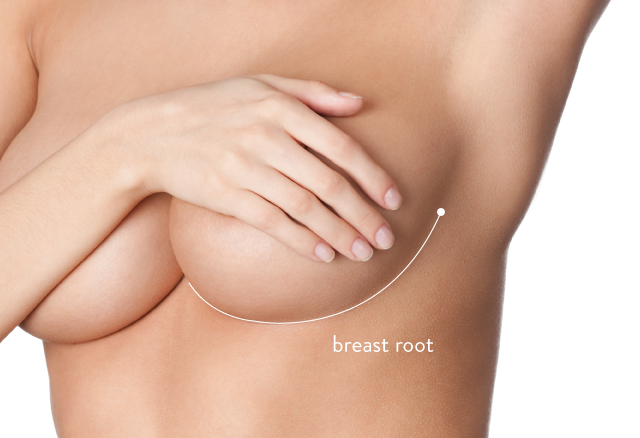
Finding the root on the side of your breast can sometimes be a little harder. Some of us have breast tissue under the arms. And sometimes it is hard to see where extra fatty tissue from our arms or side is distinct from breast tissue. (There are a lot of opinions about whether or not underarm flesh is “migrated” breast tissue, but this is something I’d rather hear from my OBGYN. Please ask yours if you have questions about it.) In this case, try to find the wire that sits most comfortably against the side of your breast and doesn’t look like it is riding up onto your actual breast.
Hopefully this will give you a good place to start. Unless you have the special opportunity of taking a bra-fitting workshop in person, you will have to buy and try a few until you find one you like, which I believe is worth the small investment!
special cases
Sometimes there are special cases in wire fitting. Perhaps you have made a bra or two and still feel like something is wrong in your wire fit. So let’s discuss a few of those!
1. Pokey Wires
Perhaps the wire that seems to fit may seem a little too long or too pokey for your comfort. This might be the case if your breasts are higher up on your chest, closer to your underarms. Instead of trying to hunt down a shorter wire, consider buying some wire cutters! They’re an inexpensive investment and my bra-making friend–I wrote about cutting and tipping wires in this post.
2. Big Cup, Small Band
Traditionally, wire sizes increase by anywhere from 6 to 10mm in diameter per size. And as the sizes go up, these varying “grading” increases can add up to big differences for larger cups. If you have the cup volume of a 36D but have a small ribcage, the traditional wire for that size might have too wide of a diameter and could possibly wrap too far into your side.
In this case, you may want to look for a wire that is long enough to encase your breast but narrower in diameter. The Panache wire in my earlier photo is a narrower wire. Both Bra-makers Supply and Sewing Chest UK sell narrow but long wires.
3. Small Cup Needs
The opposite is true for some women who have small cups but an average band. You may have the breast volume of a 34A but need the wire with the width of a 34B. This is my personal issue. I wear a 30D bra with a wire one size larger–and cut the side length down so it doesn’t cut into my underarm.
(Please take note: I’m not an expert on special medical conditions. These are just the common issues that I have encountered.)
I hope this helps you in the search for wires! Just remember, how a wire fits and feels is a very personal thing. And even a small change in weight, post-breast feeding, etc., can change your wire size and comfort. Only you will really know how it feels, and whether you actually want to wear one! So don’t be afraid to experiment.


